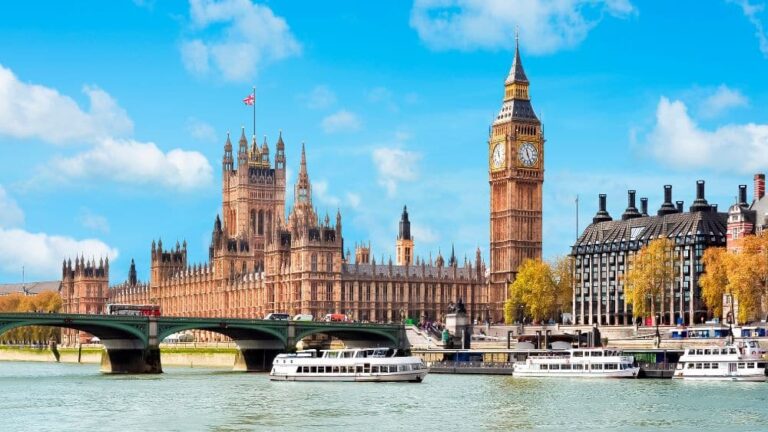
Clarification on agricultural and business property relief changes
HMRC has released a consultation on the new £1m allowance for 100% BPR and APR announced in the Autumn Budget. The consultation runs until 23 April 2025.
Although the consultation does not provide certainty over the application the allowance, it does clarify how the new allowance is expected to apply. Details of the changes announced in the Budget are discussed in our article.
What is agricultural property relief?
Agricultural Property Relief (APR) is a type of inheritance tax relief in the UK that allows certain agricultural properties to be transferred free of inheritance tax. To qualify, the property must be used for agricultural purposes, such as growing crops or rearing animals, and meet specific criteria, including being owned and occupied for agricultural purposes for a designated period before the transfer. This relief encompasses land, farm buildings, farmhouses, and some agricultural shares and securities.
The details of changes to APR and BPR
£1m allowance not transferable between spouses
The consultation confirms that the £1m allowance is not transferable between spouses. This means many individuals will need to revisit their wills and the ownership of their business to maximise the use of each spouse’s allowance
Chargeable lifetime transfers chargeable to IHT
Chargeable lifetime transfers (CLTs) (gifts into trust) are immediately chargeable to inheritance tax (IHT). Therefore, when the allowance was announced it was thought CLTs could permanently use the £1m allowance.
However, based on the details revealed in the consultation, only gifts after 30 October 2024 and within seven years of death are included when considering the available allowance. This is regardless of whether the gifts are to an individual (potentially exempt transfers (PETs)) or CLTs.
Therefore, it is possible to make a transfer into trust of £1m of qualifying property and transfer a further £1m of qualifying property into trust seven years later without incurring any lifetime IHT on the second transfer.
The £1m allowance does not apply to transfers into trust between 30 October 2024 and 5 April 2026 when considering any lifetime tax due. Therefore, the amount of qualifying property that can be transferred to a trust in this period is unlimited. This provides a short window to make large transfers of qualifying property into trust.
However, if the settlor dies within seven years (and after 5 April 2026), the £1m allowance would apply to the gift when considering the IHT position on death.
Rules for trusts
Trusts within the relevant property regime are subject to ten year anniversary (TYA) charges and exit charges when property leaves the trust. Typically, trusts holding qualifying property receive 100% relief from these charges.
With the new £1m allowance, trusts with qualifying property in excess of the allowance may suffer TYA charges and exit charges. When the trust is affected by these changes will depend on when the trust was created:
Trusts created prior to 30 October 2024
The TYA falling after 5 April 2026 will be subject to new rules and the £1m allowance. However, the allowance only applies to the period after 5 April 2026. The period before 6 April 2026 will receive unlimited relief on qualifying property.
Any exits before the next TYA (arising after 5 April 2026) will not be subject to the allowance and will not reduce the allowance at the TYA. Exits after the TYA will only receive relief from IHT for the first £1m that leaves the trust, and it will reduce the allowance available at the next TYA.
Trusts created between 30 October 2024 and 5 April 2026
Any exits before 5 April 2026 will not be subject to the £1m allowance. Exits after this date will be subject to the allowance. On the first TYA of the trust, the £1m allowance will only apply to the period after 5 April 2026.
Trusts created after 5 April 2026 will be entirely subject to the new regime.
Rules for multiple trusts
Where multiple trusts are created by the same settlor after 30 October 2024, the £1m allowance (for the purposes of TYA charges and exit charges) will be allocated in chronological order based on the value settled. Therefore, if you settle £1m in trust after 30 October, any future trusts created will not have any £1m allowance. This is even the case if the first trust is brought to an end in the future.
Any trust created before 30 October 2024, will have its own £1m allowance. This is regardless of whether settlor adds further assets to the trust now. As such, if possible, it may be beneficial to add assets to existing trusts rather than create new ones.
Where the qualifying property is company shares, it may seem advantageous to transfer shares into multiple trusts. This is because, currently we value each trust’s share (with different trustees) independently. This reduces the size of each trust’s holding meaning a higher minority discount would apply.
However, the consultation document states that HMRC are seeking views on whether trusts created by the same settlor should be treated as ‘related property’. This would mean all that the benefit of the increased minority discount from using multiple trusts would be lost when considering valuations at TYA and exits.
Paying IHT in instalments
The consultation confirms that where IHT is due on qualifying property (both on lifetime transfers and death), the IHT can be paid over ten equal non-interest bearing instalments.
How can we help you?
Whilst the details above are helpful and give us a better understanding of how new allowance will apply, they are still subject to change. Whilst there are uncertainties, it is essential for impacted individuals to begin considering their circumstances and long term goals in detail. With that in mind, we recommend beginning discussions with advisers earlier rather than later. If you would like to discuss how you may be impacted by these changes, we have an experienced team available that can assist you.
If you wish to read about this in more detail, please click on the link below to the consultation here.
We are here to help you. If you would like to discuss how you may be impacted by these changes, get in touch with us here.
At the time of writing, we still await sight of draft legislation and therefore we are basing our comments solely on the consultation that is subject to change.












